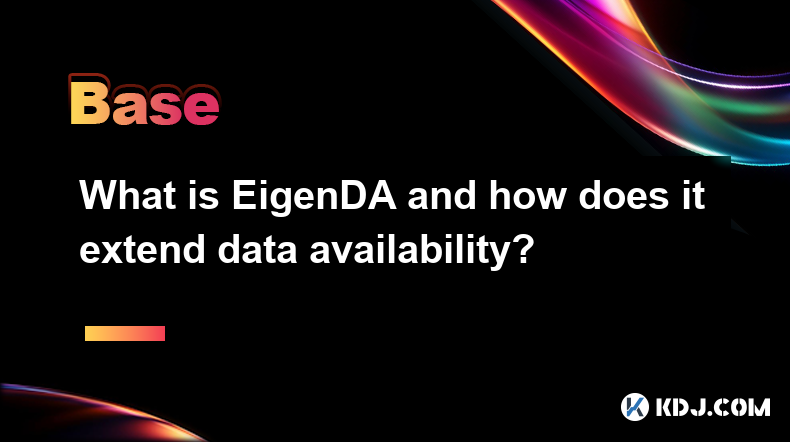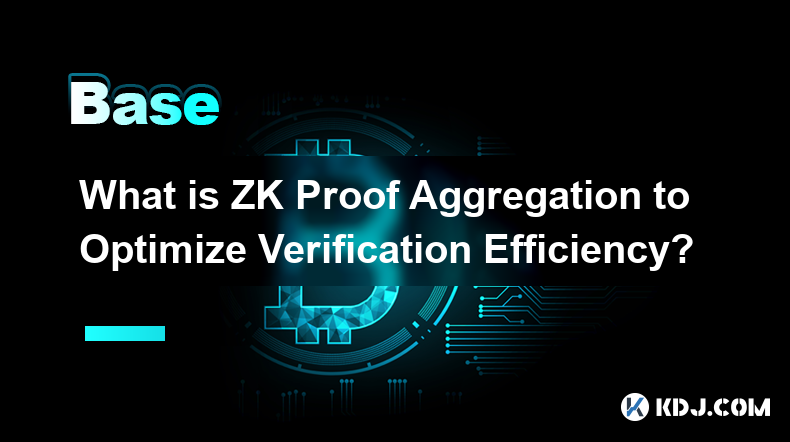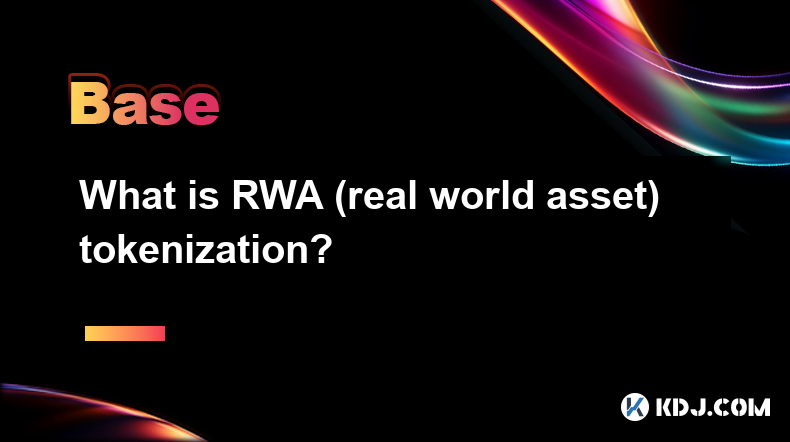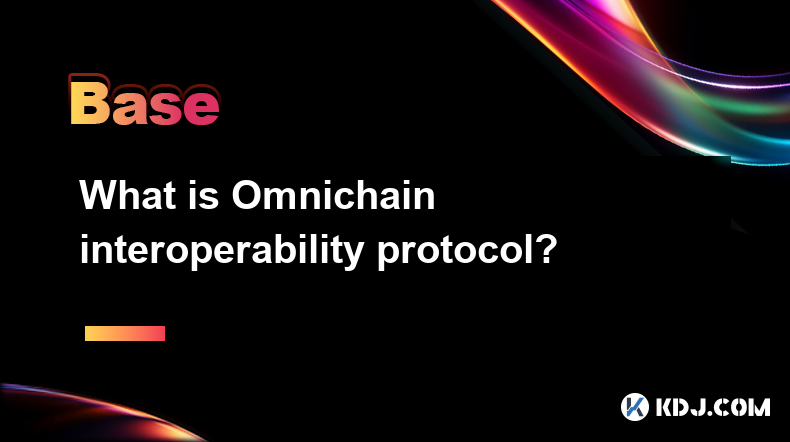-
 Bitcoin
Bitcoin $84,887.8886
1.15% -
 Ethereum
Ethereum $1,642.5421
4.46% -
 Tether USDt
Tether USDt $0.9997
0.02% -
 XRP
XRP $2.1371
3.96% -
 BNB
BNB $596.3744
1.16% -
 Solana
Solana $129.9399
7.55% -
 USDC
USDC $0.9998
-0.02% -
 Dogecoin
Dogecoin $0.1666
3.79% -
 TRON
TRON $0.2476
2.11% -
 Cardano
Cardano $0.6527
3.49% -
 UNUS SED LEO
UNUS SED LEO $9.3206
-0.73% -
 Chainlink
Chainlink $13.0892
2.57% -
 Avalanche
Avalanche $20.3596
4.93% -
 Stellar
Stellar $0.2450
4.18% -
 Sui
Sui $2.3183
3.47% -
 Toncoin
Toncoin $3.0155
1.09% -
 Shiba Inu
Shiba Inu $0.0...01256
2.60% -
 Hedera
Hedera $0.1720
1.61% -
 Bitcoin Cash
Bitcoin Cash $350.3078
11.67% -
 MANTRA
MANTRA $6.2812
-2.17% -
 Litecoin
Litecoin $78.8248
2.32% -
 Polkadot
Polkadot $3.7123
3.59% -
 Hyperliquid
Hyperliquid $16.2646
3.18% -
 Dai
Dai $1.0002
0.02% -
 Bitget Token
Bitget Token $4.3865
1.15% -
 Pi
Pi $0.7345
20.70% -
 Ethena USDe
Ethena USDe $0.9990
0.03% -
 Monero
Monero $205.5954
0.29% -
 Uniswap
Uniswap $5.5522
4.97% -
 OKB
OKB $53.6736
0.54%
What is DePIN (Decentralized Physical Infrastructure)?
DePIN uses blockchain to decentralize physical infrastructure, making it more accessible and efficient, but faces challenges like regulatory hurdles and scalability issues.
Apr 12, 2025 at 01:42 am

What is DePIN (Decentralized Physical Infrastructure)?
DePIN, or Decentralized Physical Infrastructure, represents a groundbreaking approach to building and managing physical infrastructure using decentralized technologies. At its core, DePIN leverages blockchain and other decentralized systems to create, operate, and maintain physical assets in a way that is transparent, efficient, and accessible to a broader community. This concept has gained traction in the cryptocurrency and blockchain space as a means to revolutionize how we think about and utilize physical infrastructure.
The Fundamentals of DePIN
DePIN fundamentally shifts the paradigm from centralized control to a decentralized model. Traditional infrastructure projects, such as energy grids, telecommunications networks, and transportation systems, are often managed by large corporations or government entities. These centralized systems can be prone to inefficiencies, lack of transparency, and high costs. In contrast, DePIN utilizes blockchain technology to democratize access to infrastructure and its management. By tokenizing infrastructure assets, DePIN enables individuals to invest in, use, and benefit from these assets in a decentralized manner.
How DePIN Works
The operation of DePIN involves several key components:
- Blockchain Technology: The backbone of DePIN, blockchain ensures that all transactions and data related to the infrastructure are recorded on a tamper-proof ledger. This enhances transparency and trust among participants.
- Tokenization: Physical assets are tokenized, meaning they are represented as digital tokens on the blockchain. These tokens can be bought, sold, or traded, allowing for a liquid market around the infrastructure.
- Smart Contracts: These are self-executing contracts with the terms directly written into code. Smart contracts automate many of the processes involved in managing and operating the infrastructure, reducing the need for intermediaries.
- Decentralized Governance: DePIN projects often employ decentralized governance models, where decisions about the infrastructure are made collectively by token holders or other stakeholders.
Examples of DePIN in Action
Several projects within the cryptocurrency space are already implementing DePIN concepts. For example, Helium is a decentralized wireless network that uses blockchain technology to incentivize individuals to set up hotspots and provide internet coverage. Participants are rewarded with HNT tokens for contributing to the network's growth and maintenance. Another example is Power Ledger, which uses blockchain to enable peer-to-peer energy trading, allowing individuals to buy and sell excess energy generated from renewable sources.
Benefits of DePIN
The adoption of DePIN offers numerous benefits:
- Increased Accessibility: By tokenizing infrastructure, DePIN makes it possible for more people to invest in and benefit from physical assets that were previously out of reach.
- Enhanced Efficiency: Decentralized systems can often operate more efficiently than their centralized counterparts, as they eliminate many of the bureaucratic layers and intermediaries.
- Greater Transparency: Blockchain's immutable ledger ensures that all transactions and operations are transparent and verifiable, reducing the risk of fraud and corruption.
- Community Empowerment: DePIN empowers communities to take control of their infrastructure needs, fostering a sense of ownership and responsibility.
Challenges and Considerations
Despite its potential, DePIN faces several challenges:
- Regulatory Hurdles: The decentralized nature of DePIN can sometimes conflict with existing regulations, particularly in sectors like energy and telecommunications, which are heavily regulated.
- Scalability Issues: Scaling decentralized infrastructure to meet the demands of large populations and areas can be challenging.
- Security Concerns: While blockchain is secure, the physical components of infrastructure can still be vulnerable to attacks or failures.
- Adoption Barriers: Convincing people to shift from traditional, centralized models to decentralized ones requires significant education and outreach.
Implementing DePIN: A Step-by-Step Guide
For those interested in getting involved with DePIN, here's a detailed guide on how to participate:
- Research DePIN Projects: Start by researching existing DePIN projects. Look for projects that align with your interests, whether it's energy, telecommunications, or another sector.
- Understand the Tokenomics: Each DePIN project has its own tokenomics. Understand how tokens are used within the ecosystem, what they represent, and how they can be earned or spent.
- Acquire Tokens: Purchase the tokens associated with the DePIN project you're interested in. This can usually be done through cryptocurrency exchanges that list the tokens.
- Participate in Governance: Many DePIN projects allow token holders to participate in governance decisions. Join the community, vote on proposals, and contribute to the project's direction.
- Contribute to the Network: Depending on the project, you might be able to contribute by setting up physical infrastructure, such as a Helium hotspot, or by providing data or other resources.
- Monitor and Engage: Stay engaged with the project by monitoring its progress, participating in community discussions, and staying informed about updates and developments.
Frequently Asked Questions
Q: How does DePIN differ from traditional infrastructure projects?
A: DePIN differs from traditional infrastructure projects primarily in its use of decentralized technologies like blockchain. While traditional projects are often managed by centralized entities, DePIN projects are governed by a community of stakeholders and use tokens to represent and manage assets.
Q: Can anyone participate in a DePIN project?
A: Yes, one of the key advantages of DePIN is its accessibility. Anyone can participate by acquiring tokens, contributing to the network, or participating in governance, depending on the project's structure.
Q: What are the risks associated with investing in DePIN projects?
A: Investing in DePIN projects carries risks similar to other cryptocurrency investments, including market volatility, regulatory changes, and project-specific risks like technological failures or lack of adoption. It's important to conduct thorough research before investing.
Q: How can DePIN contribute to sustainability?
A: DePIN can contribute to sustainability by enabling more efficient use of resources, such as through peer-to-peer energy trading, and by empowering communities to develop and manage their own sustainable infrastructure solutions.
Disclaimer:info@kdj.com
The information provided is not trading advice. kdj.com does not assume any responsibility for any investments made based on the information provided in this article. Cryptocurrencies are highly volatile and it is highly recommended that you invest with caution after thorough research!
If you believe that the content used on this website infringes your copyright, please contact us immediately (info@kdj.com) and we will delete it promptly.
- Shiba Inu (SHIB) Has Cemented Its Status as One of the Trendiest Meme Coins
- 2025-04-13 02:00:13
- MAGACOIN FINANCE (MGA) Is Buzzing—and It's One of the Best Cryptos to Buy Today
- 2025-04-13 02:00:13
- Once gushed over and tipped to usurp Bitcoin, Ethereum now faces what at least one analyst has dubbed a “midlife crisis.”
- 2025-04-13 01:55:14
- Sui (SUI), which is in the 17th position of cryptocurrencies, has been getting more attention recently
- 2025-04-13 01:55:14
- UXLINK Partners with Stanford to Shape the Future of Digital Currency
- 2025-04-13 01:55:13
- SUI Price Recovers Strongly from Recent Lows After Reclaiming the $2.18 Mark. The Price is Now Testing Resistance at $2.22
- 2025-04-13 01:55:13
Related knowledge

What is Delayed Encryption technology?
Apr 11,2025 at 10:42pm
What is Delayed Encryption Technology? In the world of cryptocurrencies, security is paramount. One of the innovative solutions to enhance the security of digital transactions is Delayed Encryption Technology. This technology introduces a layer of security by encrypting data with a time delay, ensuring that the information remains secure until a specifi...

What is EigenDA and how does it extend data availability?
Apr 11,2025 at 05:28pm
EigenDA is a groundbreaking solution within the cryptocurrency ecosystem designed to enhance data availability across blockchain networks. Developed by EigenLayer, EigenDA aims to address the critical issue of data availability, ensuring that all participants in a blockchain network can access the necessary data to verify transactions and maintain the i...

What is ZK Proof Aggregation to Optimize Verification Efficiency?
Apr 11,2025 at 05:42pm
ZK Proof Aggregation is a technique used in the field of zero-knowledge proofs (ZKPs) to enhance the efficiency of verifying multiple proofs. In the context of cryptocurrencies, where scalability and efficiency are paramount, ZK Proof Aggregation plays a crucial role in optimizing the verification process. This method allows multiple proofs to be combin...

What is DePIN (Decentralized Physical Infrastructure)?
Apr 12,2025 at 01:42am
What is DePIN (Decentralized Physical Infrastructure)? DePIN, or Decentralized Physical Infrastructure, represents a groundbreaking approach to building and managing physical infrastructure using decentralized technologies. At its core, DePIN leverages blockchain and other decentralized systems to create, operate, and maintain physical assets in a way t...

What is RWA (real world asset) tokenization?
Apr 13,2025 at 12:21am
What is RWA (Real World Asset) Tokenization? RWA (Real World Asset) tokenization refers to the process of converting tangible or intangible real-world assets into digital tokens on a blockchain. This innovative approach allows for the representation, ownership, and transfer of assets such as real estate, art, commodities, and intellectual property throu...

What is Omnichain interoperability protocol?
Apr 11,2025 at 08:36pm
The Omnichain interoperability protocol refers to a technology designed to enable seamless interaction and data exchange between different blockchain networks. This protocol aims to solve the issue of blockchain isolation by allowing assets, data, and functionalities to move freely across various chains. In essence, Omnichain interoperability facilitate...

What is Delayed Encryption technology?
Apr 11,2025 at 10:42pm
What is Delayed Encryption Technology? In the world of cryptocurrencies, security is paramount. One of the innovative solutions to enhance the security of digital transactions is Delayed Encryption Technology. This technology introduces a layer of security by encrypting data with a time delay, ensuring that the information remains secure until a specifi...

What is EigenDA and how does it extend data availability?
Apr 11,2025 at 05:28pm
EigenDA is a groundbreaking solution within the cryptocurrency ecosystem designed to enhance data availability across blockchain networks. Developed by EigenLayer, EigenDA aims to address the critical issue of data availability, ensuring that all participants in a blockchain network can access the necessary data to verify transactions and maintain the i...

What is ZK Proof Aggregation to Optimize Verification Efficiency?
Apr 11,2025 at 05:42pm
ZK Proof Aggregation is a technique used in the field of zero-knowledge proofs (ZKPs) to enhance the efficiency of verifying multiple proofs. In the context of cryptocurrencies, where scalability and efficiency are paramount, ZK Proof Aggregation plays a crucial role in optimizing the verification process. This method allows multiple proofs to be combin...

What is DePIN (Decentralized Physical Infrastructure)?
Apr 12,2025 at 01:42am
What is DePIN (Decentralized Physical Infrastructure)? DePIN, or Decentralized Physical Infrastructure, represents a groundbreaking approach to building and managing physical infrastructure using decentralized technologies. At its core, DePIN leverages blockchain and other decentralized systems to create, operate, and maintain physical assets in a way t...

What is RWA (real world asset) tokenization?
Apr 13,2025 at 12:21am
What is RWA (Real World Asset) Tokenization? RWA (Real World Asset) tokenization refers to the process of converting tangible or intangible real-world assets into digital tokens on a blockchain. This innovative approach allows for the representation, ownership, and transfer of assets such as real estate, art, commodities, and intellectual property throu...

What is Omnichain interoperability protocol?
Apr 11,2025 at 08:36pm
The Omnichain interoperability protocol refers to a technology designed to enable seamless interaction and data exchange between different blockchain networks. This protocol aims to solve the issue of blockchain isolation by allowing assets, data, and functionalities to move freely across various chains. In essence, Omnichain interoperability facilitate...
See all articles























































































